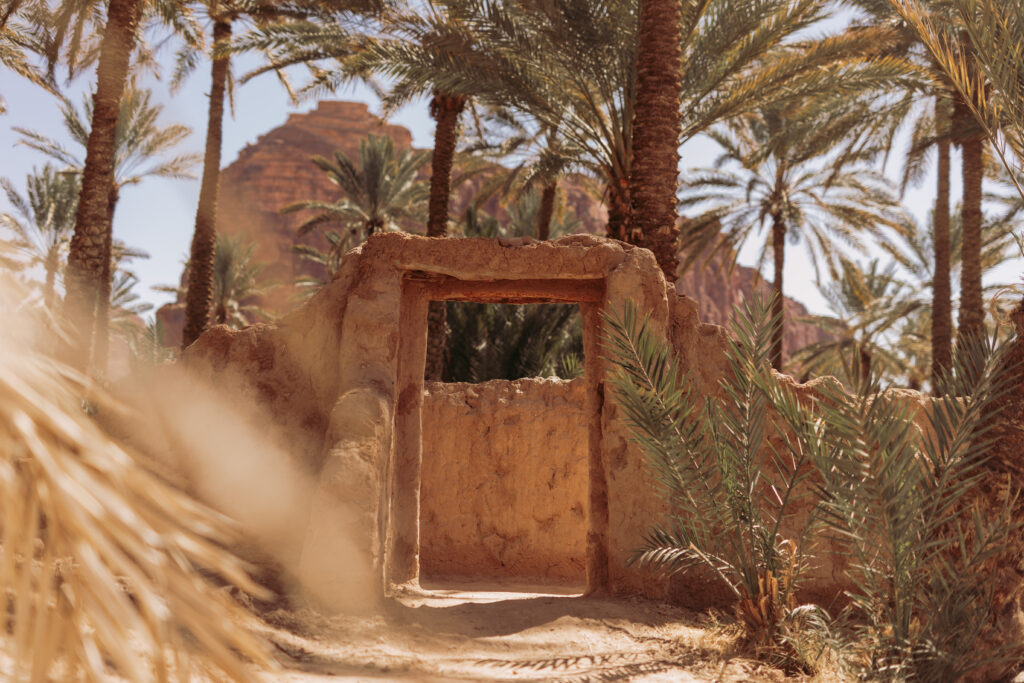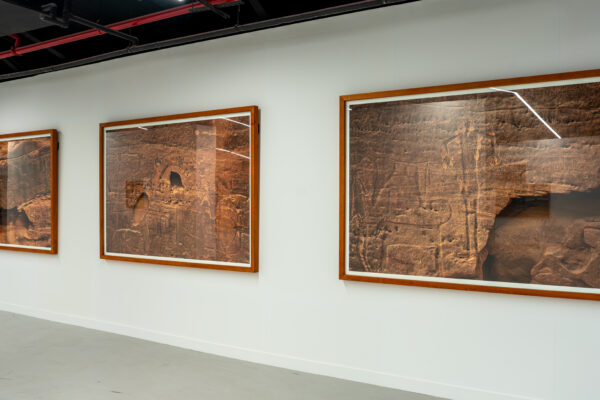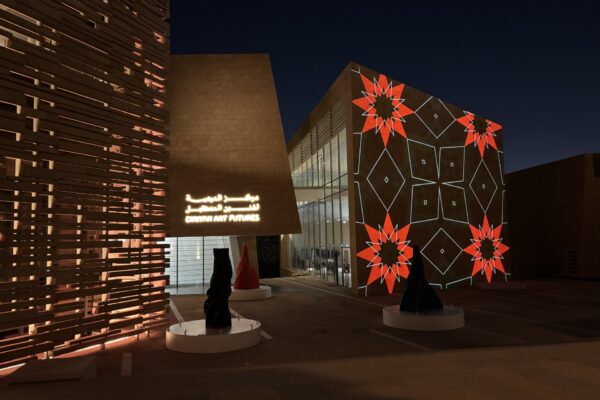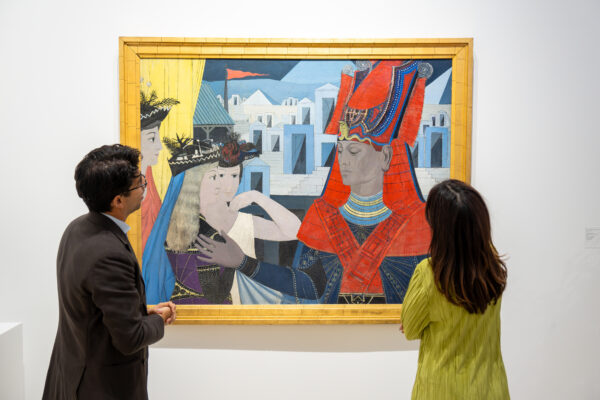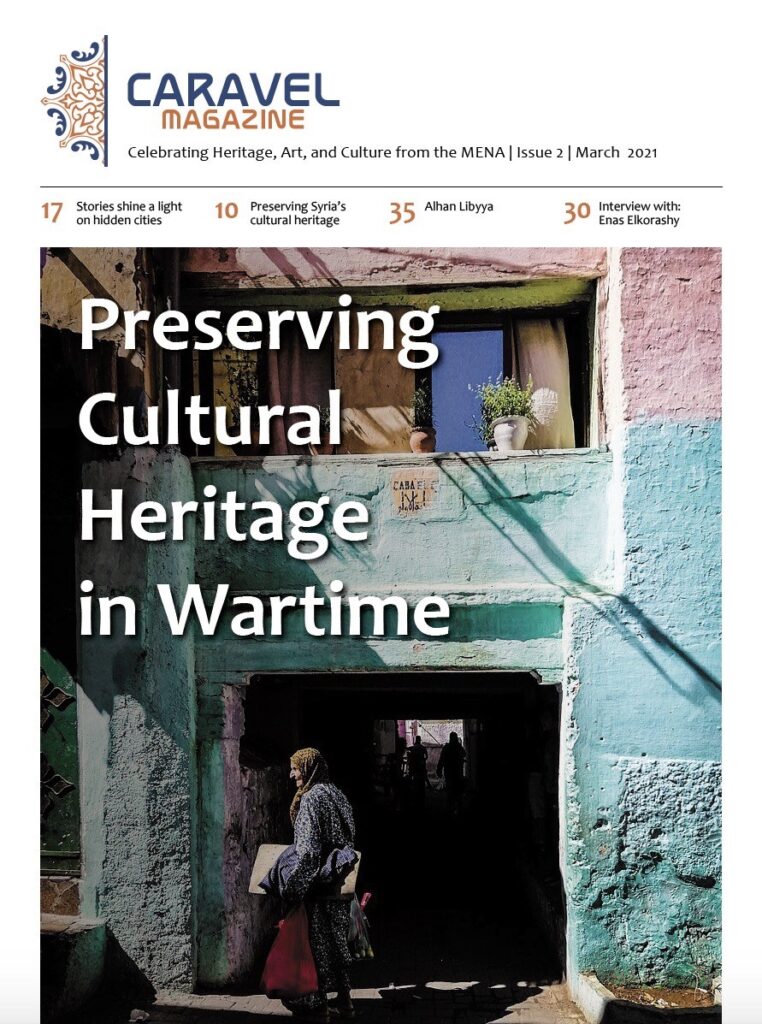Obaid Alsafi won Ithra Art Prize the 6th edition with his proposal of a large-scale installation, ‘Palms in Eternal Embrace’, His work looks to draw on Saudi Arabia’s tradition of rope and Leifa making as well as its prehistoric shifts in societal form resulting from climate change.
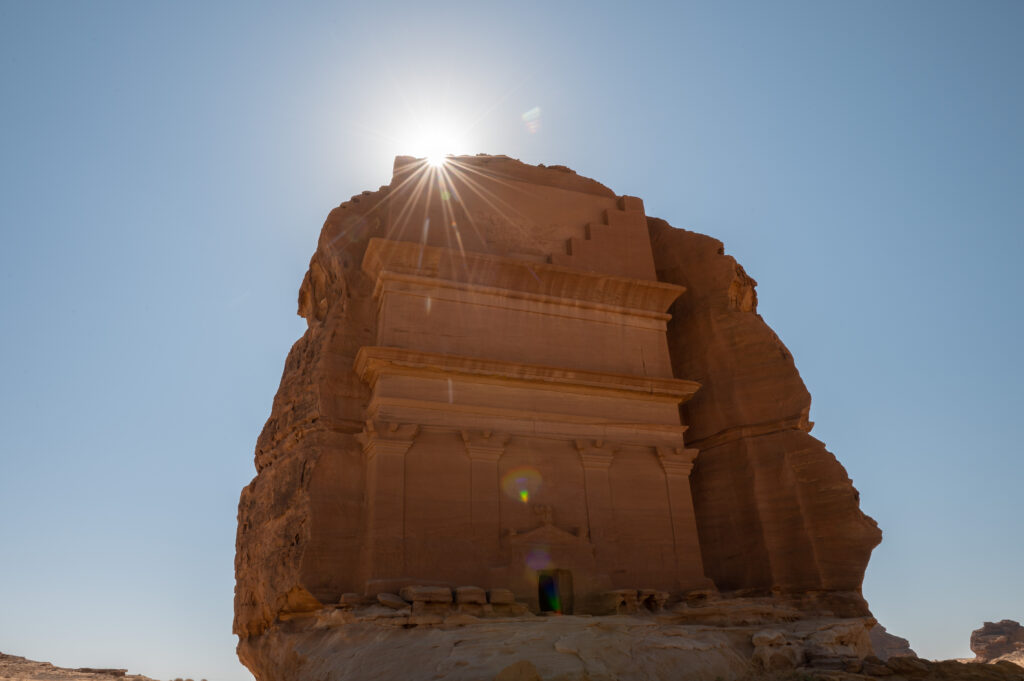
In this exclusive interview (conducted by Sulaiman Othman), we learn about Obaid AlSafi’s motivation to enter the Ithra Art Prize and gain invaluable insight into his stunning work “Palms in Eternal Embrace’” as he shares with us explore unseen aspects of life and visible realities.
What does winning the Ithra Art Prize mean to you?
Winning the Ithra Art Prize is a great honour and opportunity. I consciously submitted a proposal for an artwork that was both deeply contextualized within Saudi Arabian heritage and cultural identity, but that could also be appreciated and understood from a global perspective. As times change and the Saudi cultural landscape broadens, it’s important that the creative output of contemporary artists from Saudi Arabia engage in intercultural dialogues at the global level, which is what I have aspired to achieve with this commission.
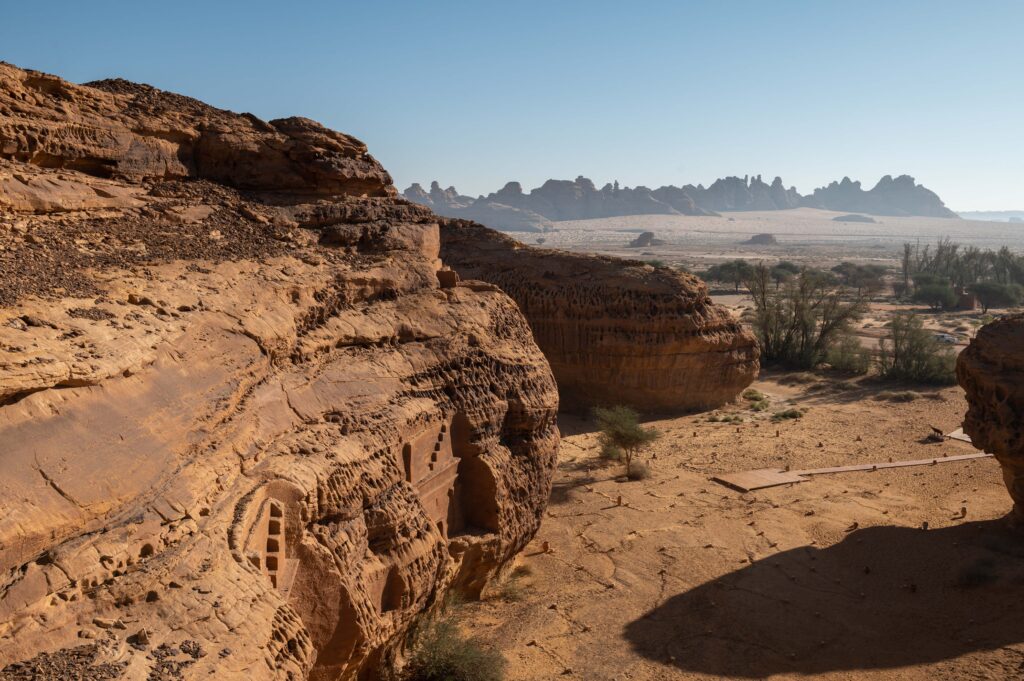
What was your Palms in Eternal Embrace about? Can you tell us what initially influenced it and what it means to you?
The idea originated from the proposed site in the AlUla oasis for the installation – a splendidly lush and vibrant space surrounded by palm trees. Somehow, I felt the need to narrate their story and the challenges they face amidst climate change. I aimed to pay homage to those palms affected by climate change and the spread of the Red Palm Weevil – the most important pest of date palms in the world. ‘Palms in Eternal Embrace’ is built upon the fundamental dichotomy of the potential and dangers of technology. It’s conceived as a contemporary saga where technology – which can engender negative environmental impact – is harnessed to play a significant and positive role in preserving biodiversity.
How do you understand the “Art in the Landscape” theme of the Ithra Art Prize this year? How does your work respond to it?
The theme was challenging but ultimately hugely inspiring, allowing me to create my first installation of this kind. I aimed to convey the idea of interconnectivity between my art and the surrounding environment— whereby the artwork and environs merge together and unify. I also sought to add another layer by incorporating performance into the piece, centred around the preservation of the palm tree’s soul. It’s once again an exploration of how technology could accompany us even after death. This is of course a hypothetical, conjectured imagining of how technology might be used, but is perhaps a not-too-distant potential reality. The entire installation and performance resonate with the surrounding environment—the palm grove, and the mountains. It’s a cutting-edge cybernetic narrative enveloped in the fairytale-like – almost ethereal – surroundings of AlUla’s palm groves.
The art installation embodies the idea of the Artificial Neural Network, symbolizing technological evolution and its relation to the endangerment of palm trees. With over half of the world’s palm trees at risk, the installation serves as a call to action. The palm trees in my work represent victims, memorializing their imminent disappearance and urging people to protect the environment. I speak through the voice of the palm tree, emphasizing the importance of environmental preservation and cultural heritage. In understanding that every living organism has memory, I call upon individuals to save our culture and environment, fearing the repetition of history and emphasizing the palm tree’s desire to survive and remain in its rightful place wherever that may be.
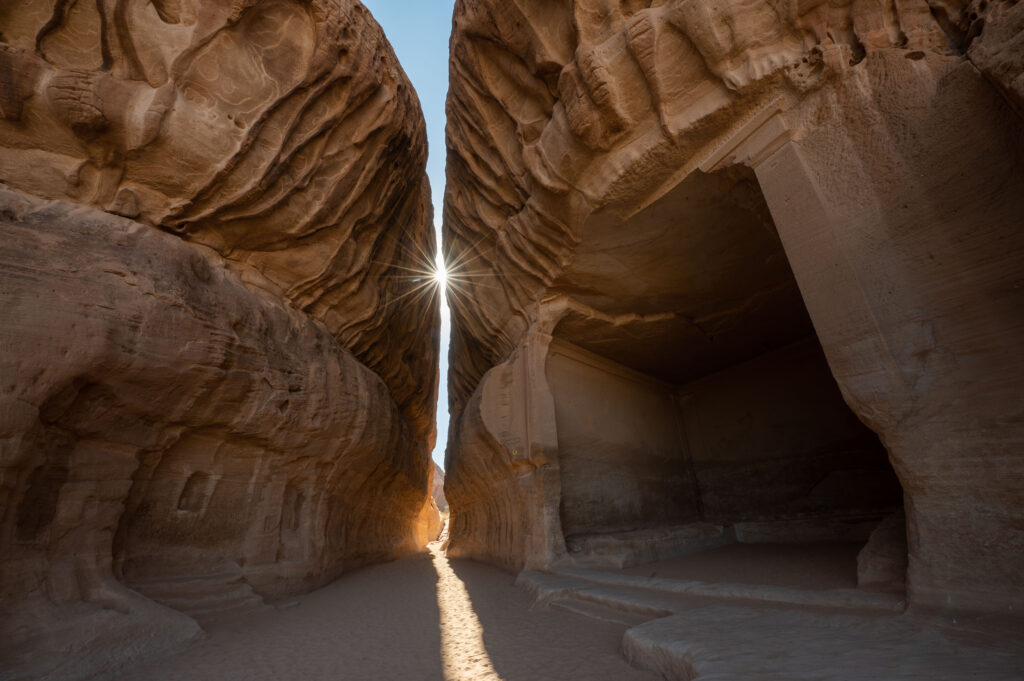
The Ithra Art Prize represents the Arab world’s cultural and natural heritage. What kind of art do you think can represent Saudi art on the international stage?
With my submission to the Ithra Art Prize, I aimed to create an artwork that could be understood and resonate globally, but through a lens of Saudi specificity that draws on our cultural identity and heritage. With “Palms in Eternal Embrace,” harnessed this to delve into the universal issue of climate change, not as an activist, but as an artist. I don’t have solutions for climate change or other social issues but I believe that my role as an artist is to sense and question the dilemmas of our time, presenting them in a way that inspires reflection and contemplation in the audience.
How can Ithra Art Prize support and promote emerging Saudi contemporary artists on a genuinely global platform?
I think the main asset in this regard is the panel of international cultural professionals and creatives who select the winner of the Ithra Art Prize, drawing on international, as well as local, expertise. This year, the panel included: Farah Abushullaih, Head of the Museum at Ithra, Nora Aldabal, Executive Director of Arts and Creative Industries at the Royal Commission for AlUla, Mohamed Ibrahim, Emirati Artist, Sophie Makariou Scientific Director for Culture and Heritage, AFALULA and Aric Chen, General and Artistic Director, Het Nieuwe Instituut. Bringing in this array of experts propels the Ithra Art Prize to a genuinely global level. This kind of cross-cultural cooperation is so important; our culture and values can only be stronger through the lens of multiculturalism, to enhance creativity by sharing perspectives, experiences and knowledge.
AI-generated art indeed feels like a hot topic right now. What do you make of it?
AI has become an integral part of our lives today, whether we actively rely on it, or are influenced by it passively. Artists are now exploring how to incorporate AI into their creative and production processes, which is a development that I think we should embrace and harness, to expand our current definitions of art and creation. I think the most exciting way to think about applying AI within the creative process is to consider what forms of art we can now create with this technology that would not have been possible before. It is through this lens of discovery and expansion that I think the conversation about art and AI is most worthwhile.
